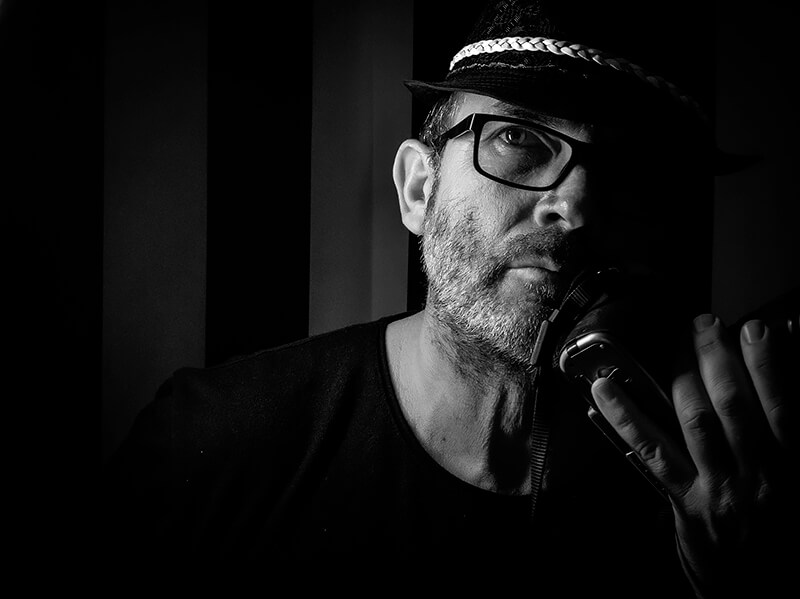I was born in Bulgaria, and I had the privilege of living in this beautiful country all my life. My employment is in a private sports club, focused on extreme sports, which involves a lot of travelling and keeps my life dynamic and interesting. Apart from this, I love travelling abroad and do this once a year for a period of two months. I always associate these trips with diving in the unknown, meeting new people and experiencing something new. My adventurous spirit is my main drive, the inner flame, that keeps me going!
Not a professional freelance photographer. I define myself as a travel-documentary-art photographer. For almost 20 years now photography has been part of my life. My passion is catching street portraits and trying to figure out my object's character.Portrait photography is the most compelling genre for me. The impact of a single photo, comes from the emotion it reflects.My Point of interest - traditions in primal and natural places like India, Ethiopia, Kenya, Indonesia, Vietnam, Laos, Cambodia, Cuba and more. I consider good photography to be much more than a snapshot or a memory, it is something that tells a story, strong enough to influence the world we live in and raise more awareness. Throughout the years my interviews and photographs have been published in many magazines and websites.
About Mursi People
Mursi People is a series of photos that were taken during my visits to Ethiopia and are part of the albums "Ethiopian tribes expedition 2018" and the "Second Ethiopian tribes expedition 2019"
The African tribe of Mursi people is isolated in Omo valley - South Ethiopia near the border with Sudan. They are one of the most fascinating tribes in Africa with their lives being a combination of brutal reality and amazing beauty. What was really appealing to me, as a photographer, was to capture and recreate the perplexing nature of their culture and way of life. Suffering from extreme drought in the past few years has made their life cruel and sometimes dangerous, but has not left a single mark on their traditions. Living among them gave the sense of extreme authenticity and in the same time felt like an illusion. Their faces filled my insatiable passion for capturing pure, untouched souls of a culture on the brink of extinction."
Discover Svetlin Yosifov's Interview